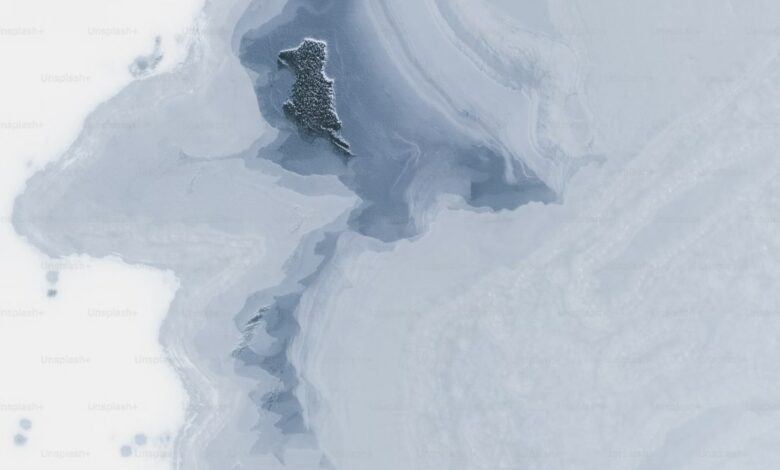Unusual sea smoke and snow seen over the Pine Island Glacier in Antarctica

In October 2024, the Pine Island Glacier, known for its rapid retreat and frequent iceberg calvings, revealed more than just its icy edge. This time, unusual atmospheric activity drew attention to the skies above Antarctica’s West Antarctic Ice Sheet. On October 10, NASA’s Landsat 8 Operational Land Imager (OLI) captured an extraordinary image of “sea smoke” and snow blown by strong winds.
These phenomena usually evade satellite images because clouds often obscure visibility. However, this day was an exception and provided a rare glimpse of atmospheric events on the surface. explained Christopher Shuman, a glaciologist from the University of Maryland, Baltimore County, based at NASA’s Goddard Space Flight Center.
Sea smoke at the edge of the glacier
Sea smoke was particularly prominent near the glacier’s terminus and over open water at its northern boundary. This phenomenon occurs as a result of the strong temperature contrast between the icy surface and the surrounding water. Strong winds pushed the sea ice and water away from the glacier, drawing relatively warmer water to the surface. When this warmer water comes into contact with the frigid air, it condenses into fine ice crystals, creating the appearance of smoke over the sea.
Winds stirring up blowing snow
At the same time, fierce winds blew snow from the surrounding ice sheet, creating white streams across the glacier. This blowing snow was especially visible near a turbulent area south of the Pine Island Glacier known as a shear zone, where the collision of ice masses produces complex formations.
The impact of Antarctic spring winds on ice sheets
The strength of these Antarctic winds, especially during spring, is not surprising, Shuman noted. These katabatic winds, formed when cold, dense air descends from the high interior toward the coast, emerge regularly after months of isolated, cooled air.
In regions like Pine Island, these winds can affect the surface mass balance of the polar ice sheet by transporting and sublimating snow. Although the impact of blowing snow on ice loss remains uncertain, its influence is significant, and recording these events provides insight into the changing dynamics of the Antarctic ice sheets.




